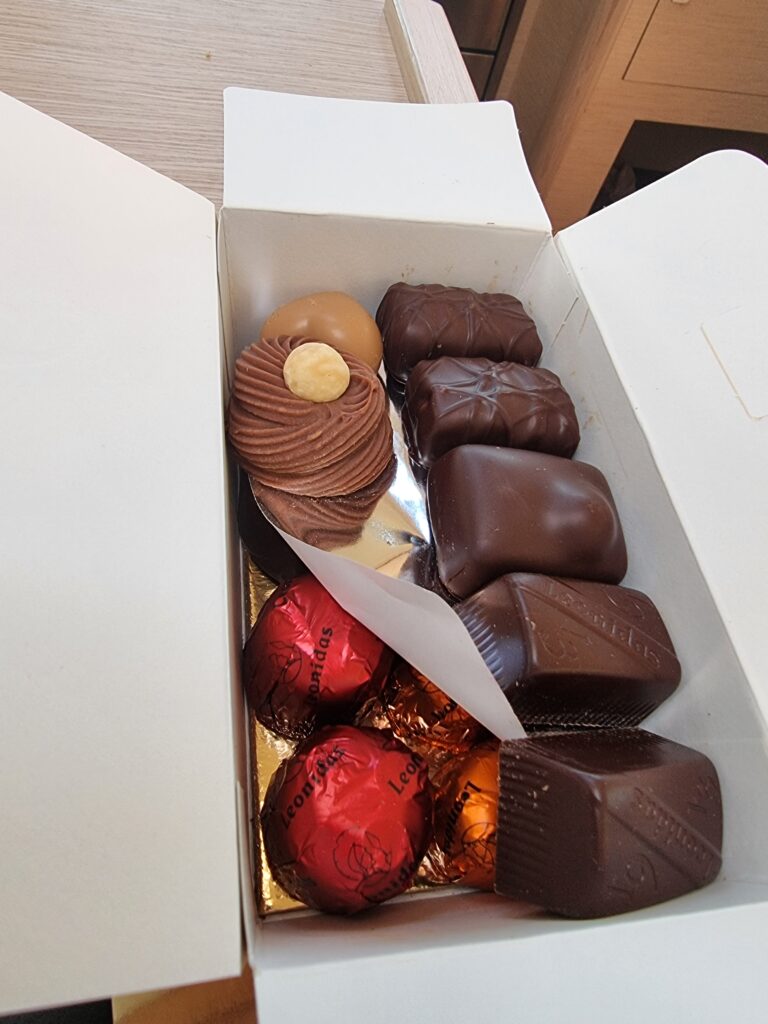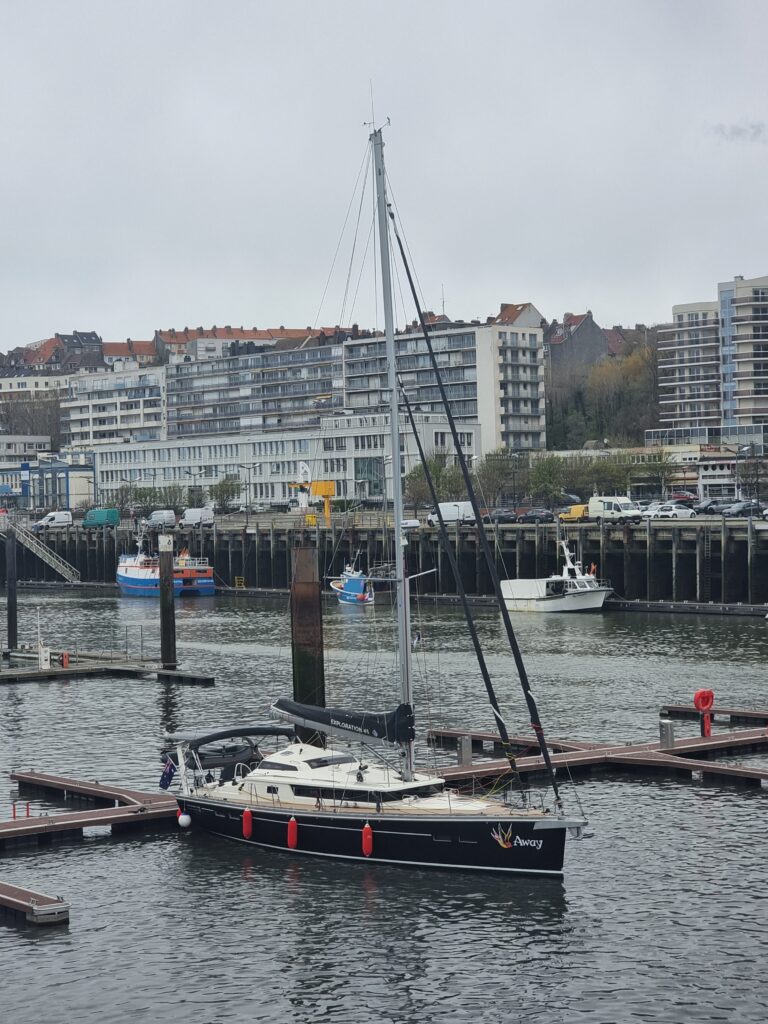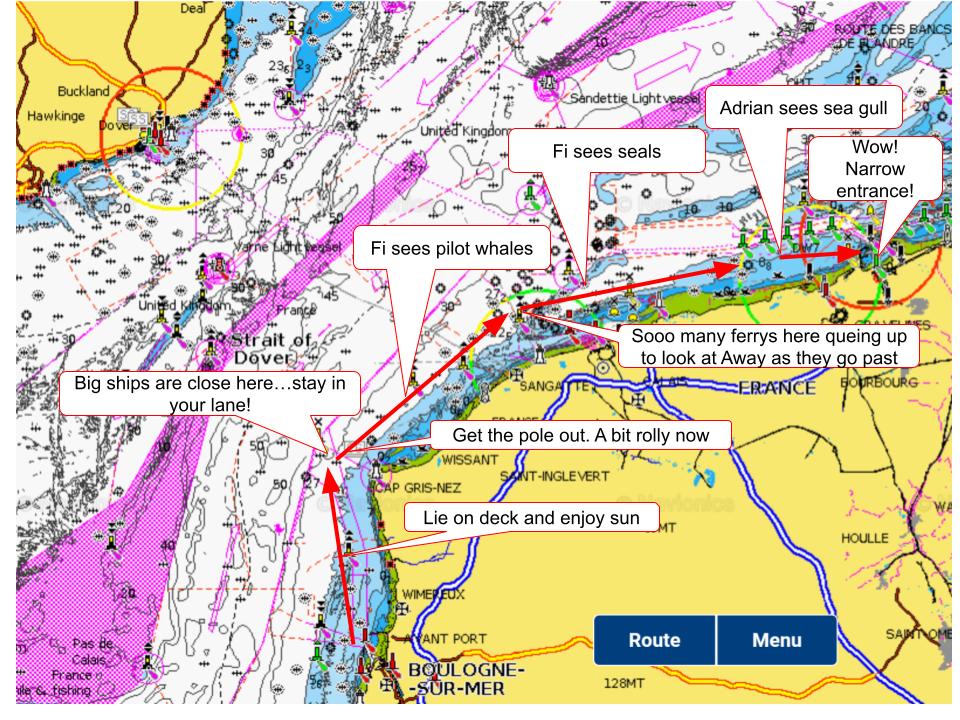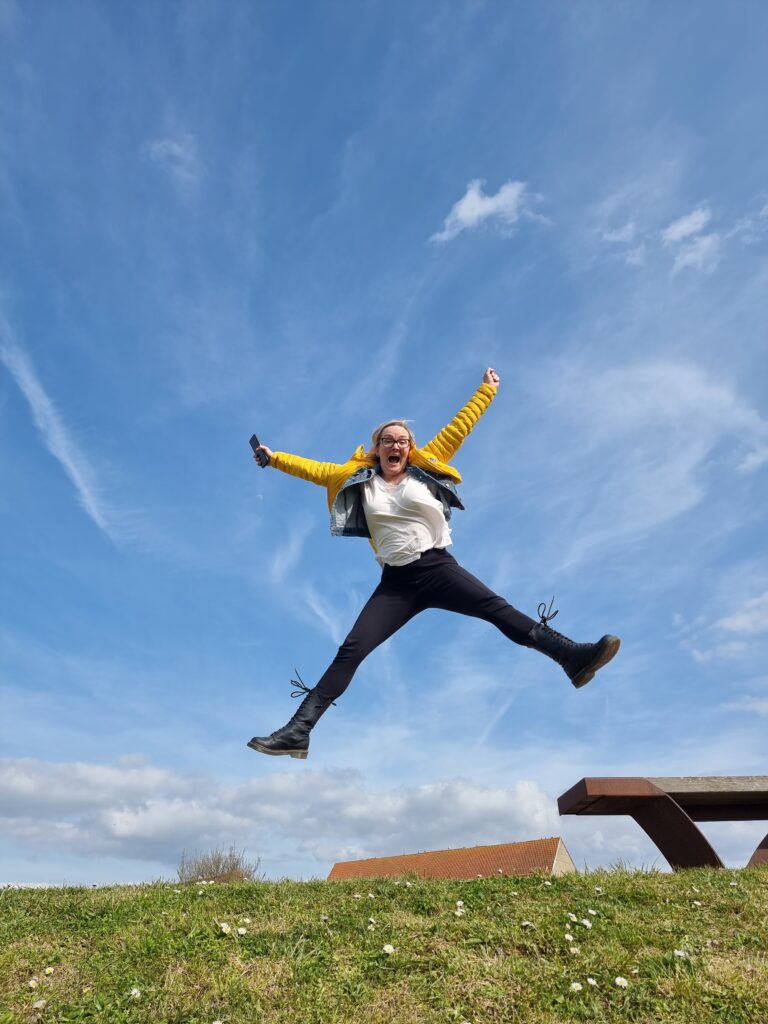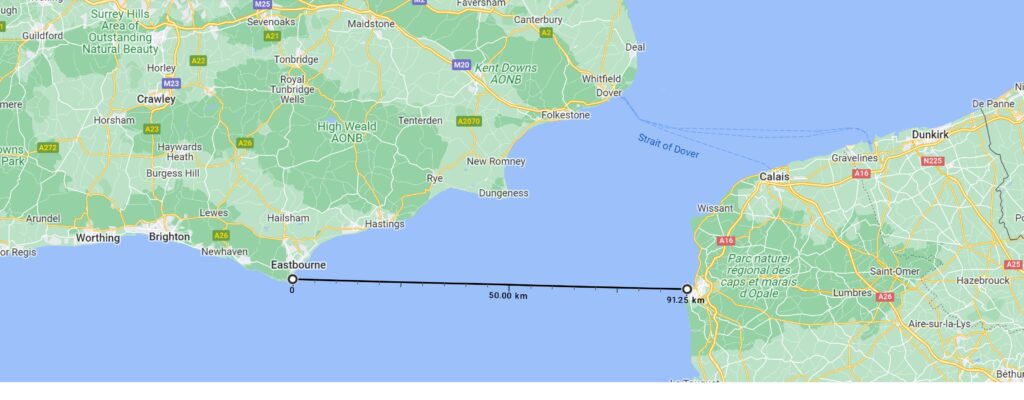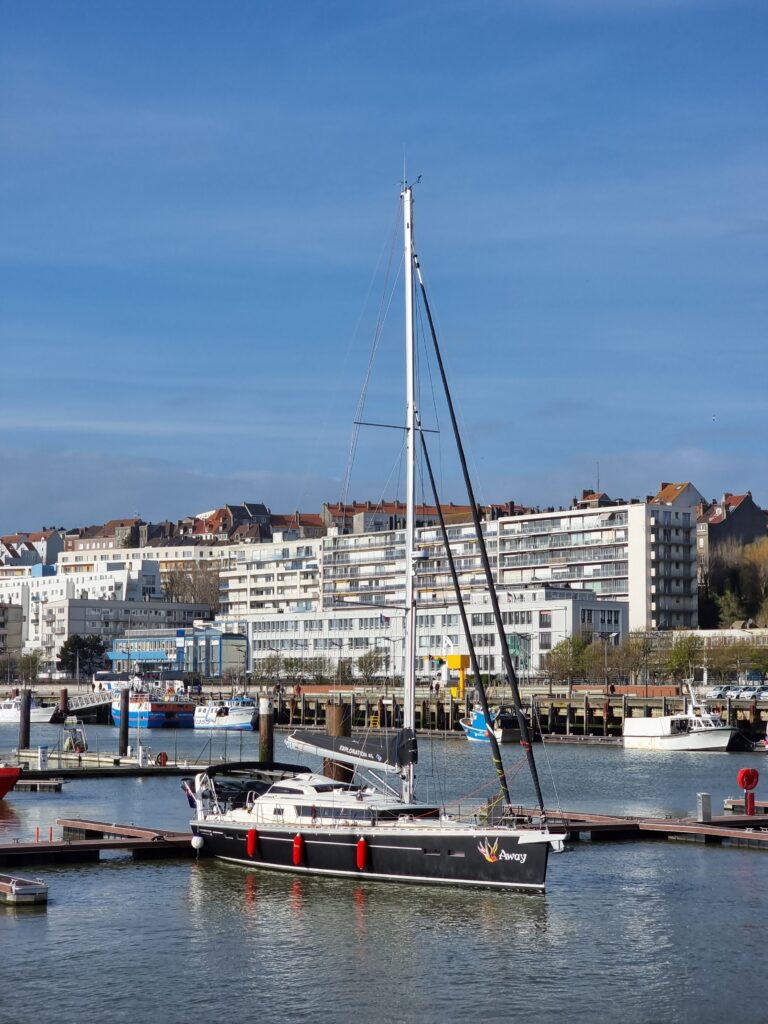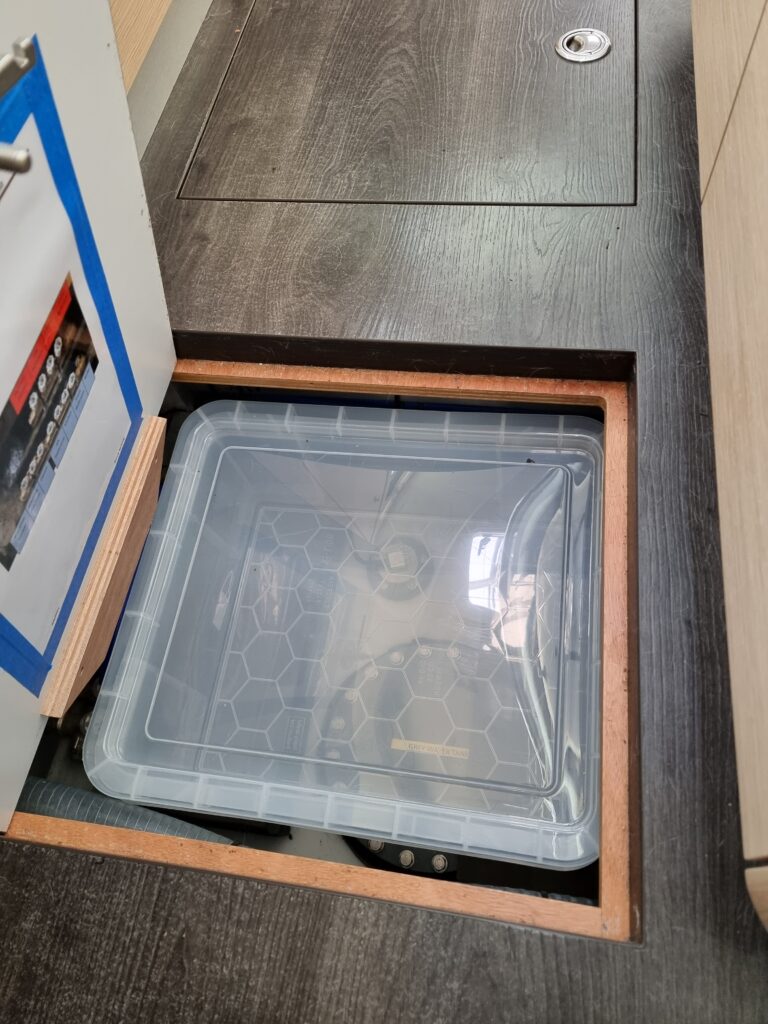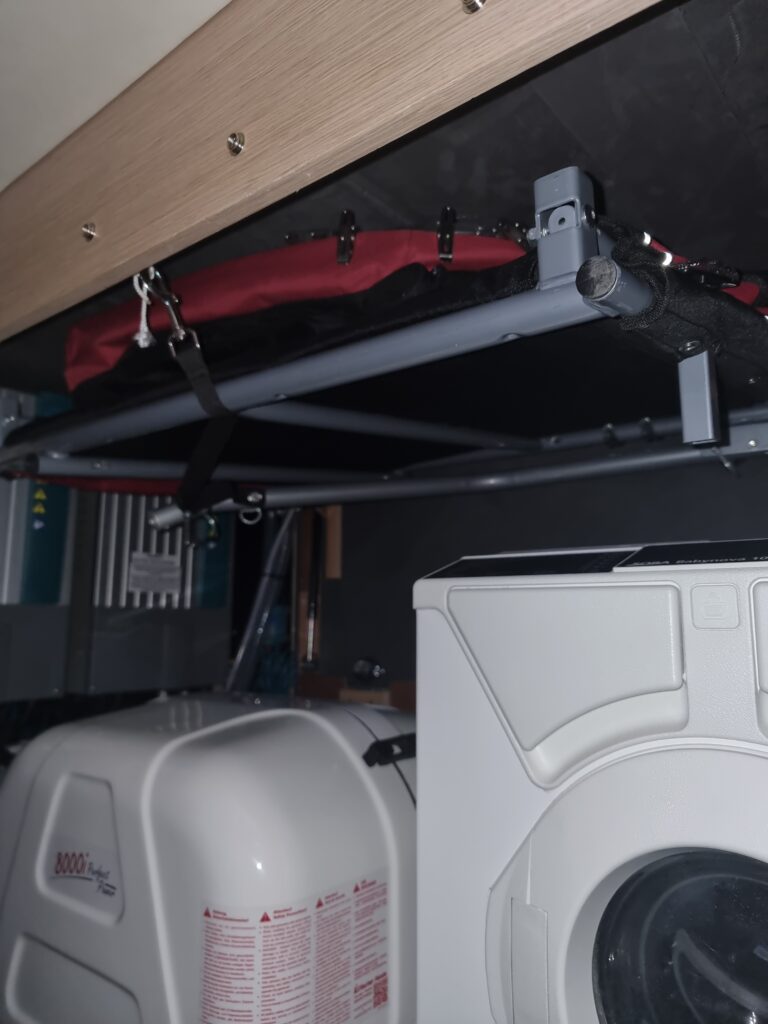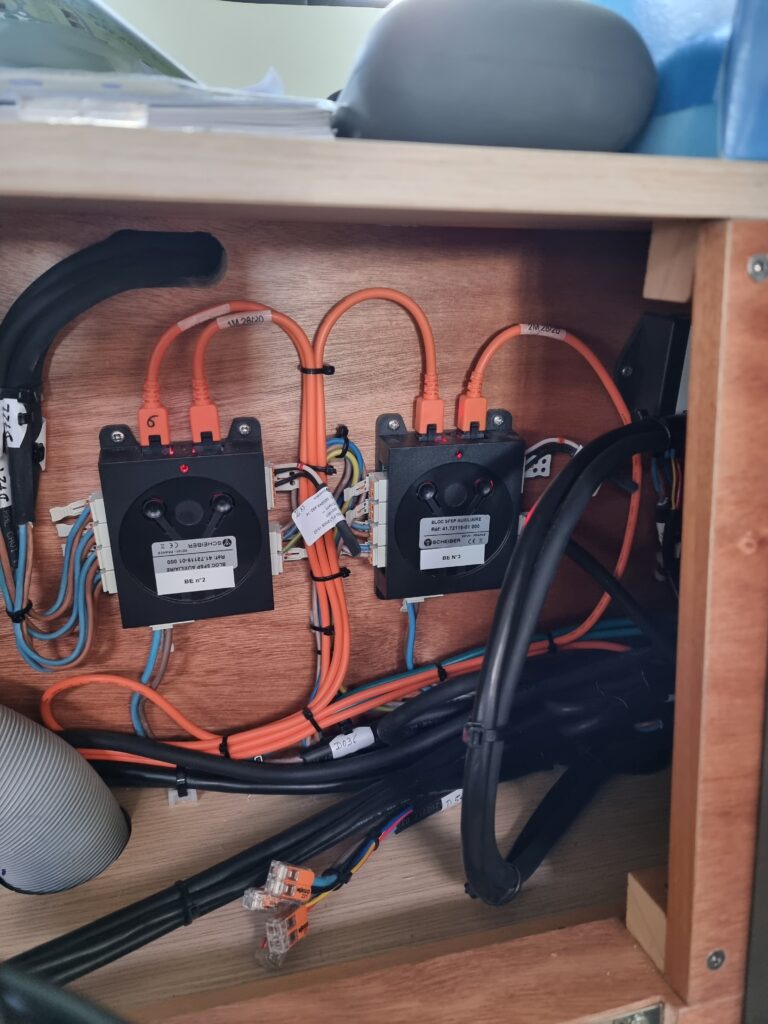
We love France, and so we contrived another stop before leaving France, and arrived at Dunkirk, a few miles away, where we wanted to see the 1940 evacuation museum.
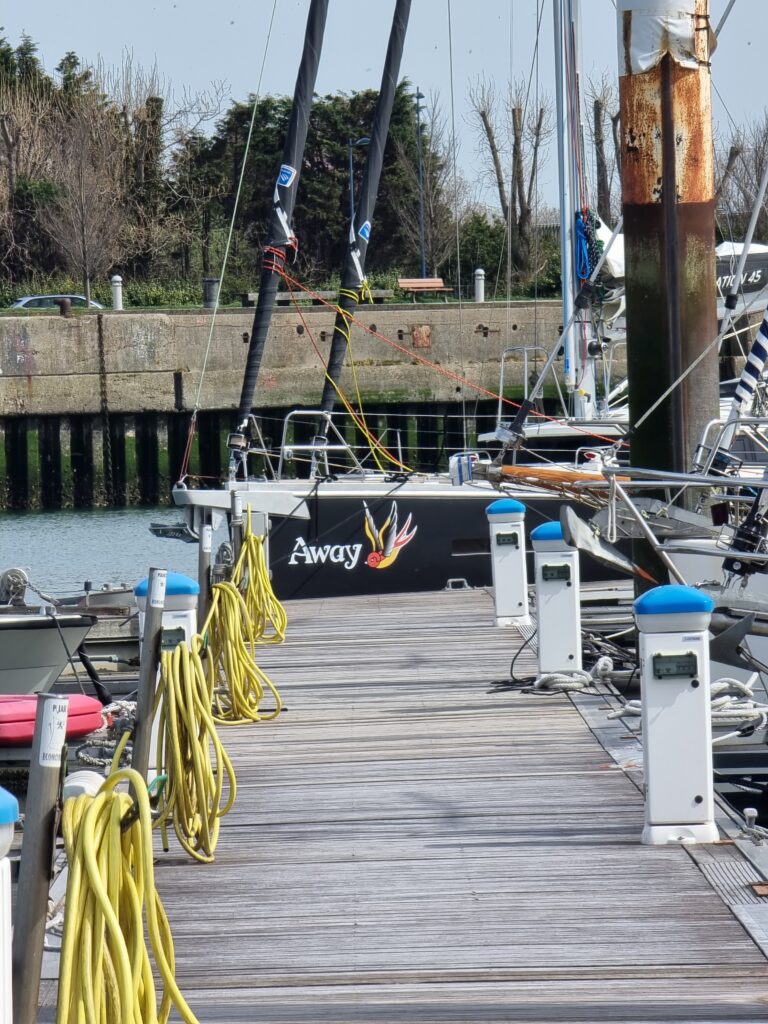
We left Gravelines for Dunkirk near to high tide. A small fishing boat, seemingly unused to 17 tons of post industrial aluminium elegance lurching down the channel, reversed out of its mooring into our path causing an quick change to full reverse for us and an apologetic wave from them. It was a short drift with the tide round to Dunkirk. The coastline was largely industrial until the old town revealed itself as we headed down the harbour.

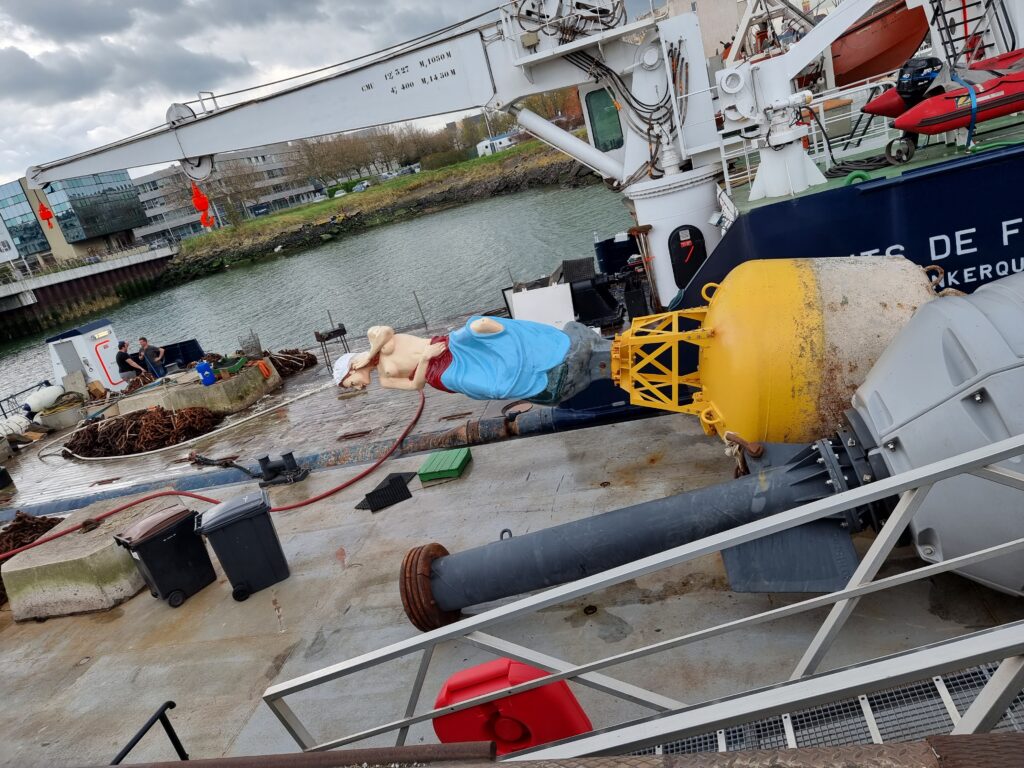
We missed the famous Dunkirk Siren marker buoy at the entrance to Dunkirk, but latter spotted her reclining on the dock awaiting redeployment.

The 1940 museum told the story of the evacuation of Dunkirk. The speed of the German advance in 1940 made us wonder if Putin had been expecting a similarly quick advance in Ukraine. We walked out to the beach where it all took place afterwards.
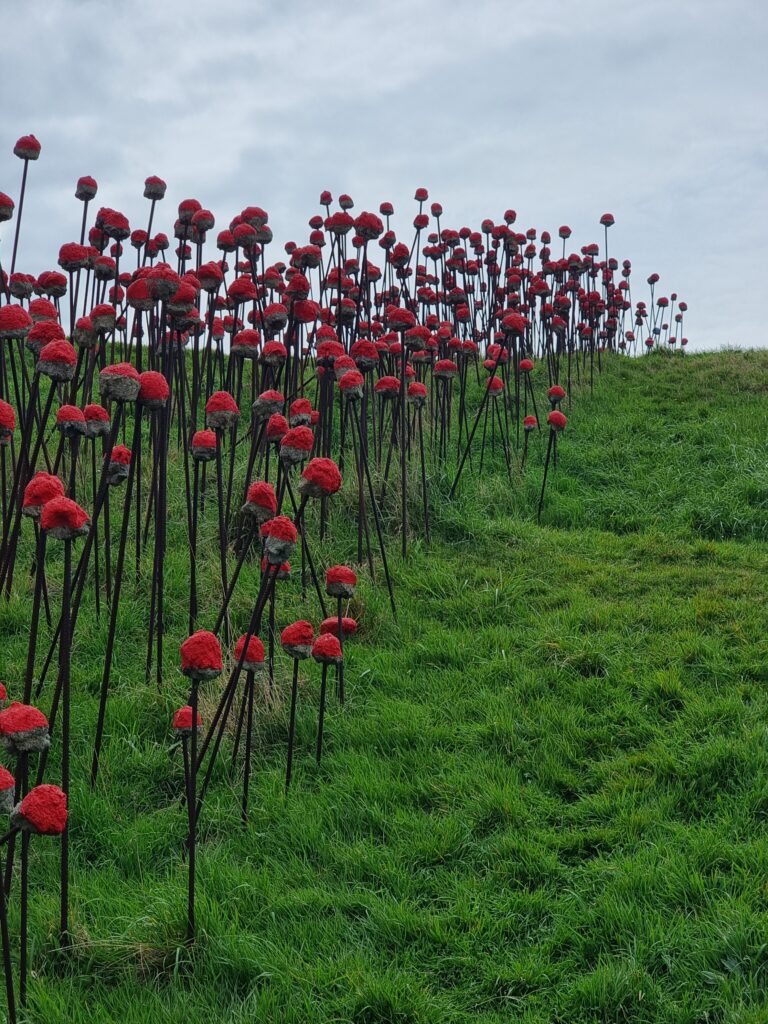

The next day we headed out along the coast to Belgium. We chose the smaller port of Blankenberge rather than the big ferry port of Zeebrugge. The big red sail came out and with the assistance of tide we kept up 6 knots most of the day in 5-9 knots of wind.

In Blankenberge, Bernie had a good run on the beach and we sampled Belgium beer at one of the many beach bars, until we got too hot in the sun and we went in search of Belgium chocolates.


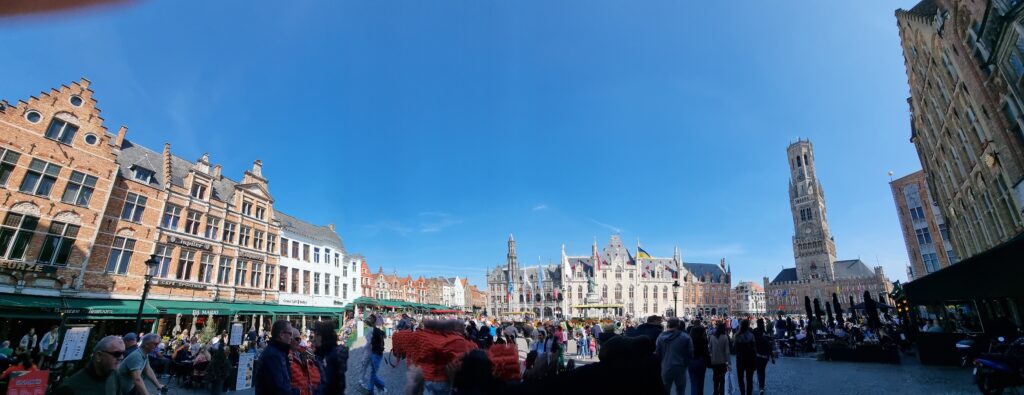




The next day Bernie stayed at home whilst we took the 15 minute train ride into Bruges. This beautiful town was a mixture of quiet streets and just around the corner, thronging tourists. Not a mask in sight – it was great to see the pandemic is finally over.
Our next stop would cross over the border into the Netherlands, so whilst we waited for the tide to turn in our favour we headed into town to make sure we an adequate chocolate supply for the trip.
